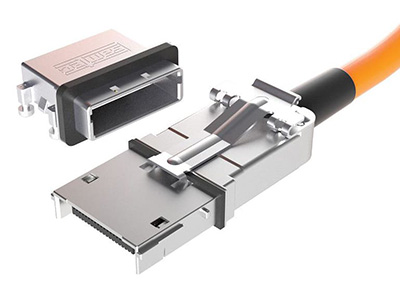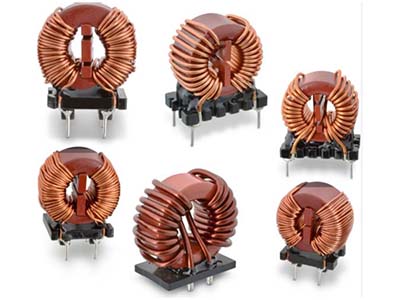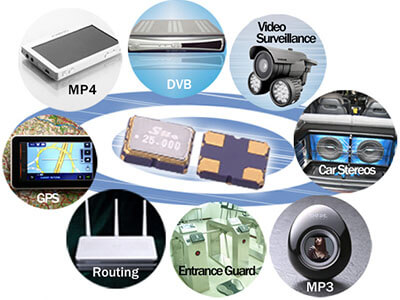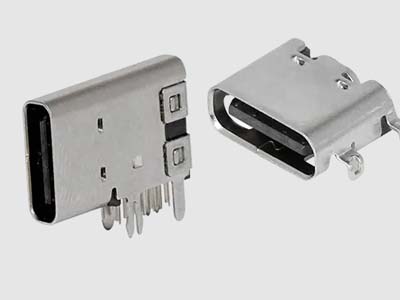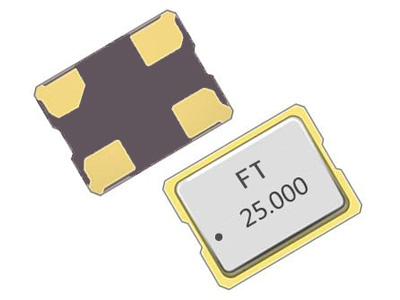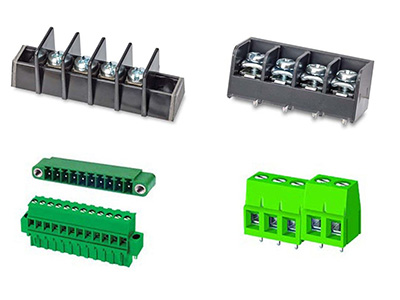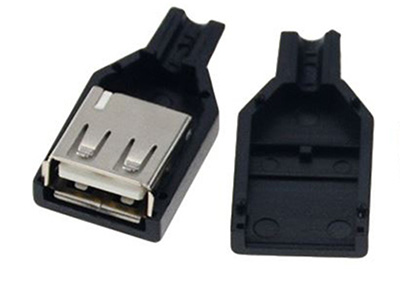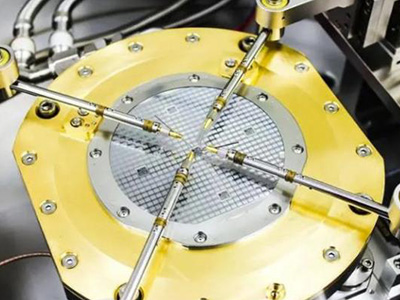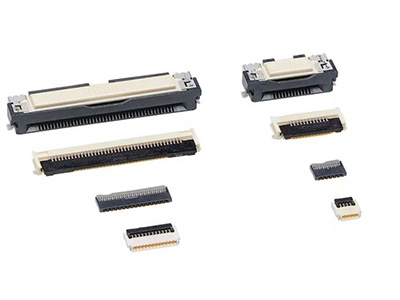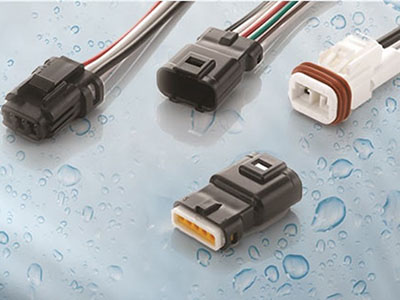Farewell to Winding: How PCB-Winding Transformers Are Revolutionizing Manufacturing, Performance, and Structure
Born for Miniaturization: The Rise of PCB-Winding Transformers
The evolution of PCB-winding transformers is deeply entwined with the electronics industry's relentless pursuit of miniaturization, high-frequency operation, and functional integration. Diverging from traditional transformers, which are bound by their skeleton-based winding methods, PCB-winding transformers eliminate the need for windings altogether. Instead, they integrate windings directly into the copper layers of printed circuit boards (PCBs), forming an elegant solution to longstanding challenges in size and complexity.
This innovation emerged in the early 2000s as advancements in multilayer PCB manufacturing and high-precision etching unlocked new possibilities. Engineers reimagined transformer design: why not treat windings as PCB traces and use magnetic cores for field confinement? The result was a new transformer architecture that broke from tradition.
According to R&D engineer Wang Yao from Dongguan Beichengxin Electric Co., Ltd., PCB-winding transformers began to gain traction around 2000, designed from the ground up for compactness. As magnetic material technologies evolved, the performance of PCB-winding transformers improved in tandem, allowing their deployment in increasingly demanding applications, from telecom power supplies to computer modules. Delta Electronics was among the first to showcase this transformation, incorporating PCB-winding transformers into its DC-DC modules.
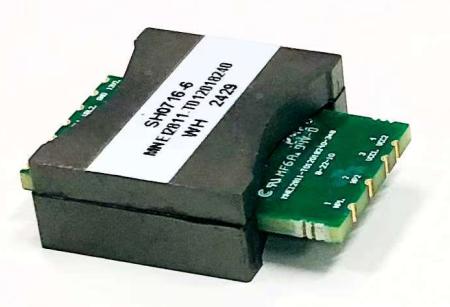
Three-Dimensional Advantages: Simplifying Manufacturing, Enhancing Performance, and Redefining Structure
Streamlined Manufacturing Process
PCB-winding transformers radically reduce the number of production steps. Traditional tasks such as enamel stripping, manual winding, tubing, potting, and baking are rendered obsolete. The result is a simplified, cost-effective production flow and a cleaner, more compact structural profile.
Power Density Amplification
One of the most critical metrics in power conversion is power density—how much energy a device can handle relative to its size. PCB-winding transformers excel here. Within the same volume, their power output can exceed that of conventional transformers by more than 50%. Their planar construction allows tighter magnetic coupling and optimal use of core real estate.
Efficiency Gains
Efficiency is paramount in power electronics. Traditional transformers top out at about 92%, but PCB-winding variants regularly surpass 95%, with laminated planar designs achieving up to 98%. Reduced parasitic elements and optimized thermal pathways contribute to this superior performance.
Height Reduction and Design Flexibility
Form factor often dictates feasibility in space-constrained applications. PCB-winding transformers, being inherently flatter, are ideal for such scenarios. For instance, one variant saw its height drop from 10 mm to under 5 mm—a dramatic shrinkage made possible through flat PCB integration.
Superior Consistency
Repeatability is a cornerstone of high-reliability electronics. PCB-winding transformers offer manufacturing tolerances within ±5%, a marked improvement over the ±20% typical of hand-wound equivalents. This precision ensures uniformity across large production batches.
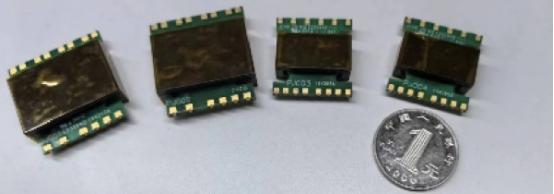
Expanding Horizons: Application Scenarios of PCB-Winding Transformers
Electric Vehicles and Charging Infrastructure
The automotive industry, driven by high-volume demand and generous R&D budgets, was among the earliest adopters. In electric vehicles (EVs), every millimeter counts. PCB-winding transformers enable reduced size and greater integration, making them indispensable in systems like bidirectional onboard chargers (OBCs), where transformer height directly impacts enclosure design.
Hangzhou Pujing Electronics developed a magnetic-integrated PCB-winding transformer with a profile as low as 7 mm. This innovation directly addresses space constraints in OBCs, offering compactness without sacrificing function.
Telecom Power Supplies
Global telecom giants such as Huawei and ZTE have adopted PCB-winding transformers in base station power supplies, where efficiency and size are critical. PCB-winding solutions handle high currents at low voltages while managing thermal dissipation, electromagnetic interference, and voltage stability. For systems demanding 20A or more, multi-phase interleaving and magnetic integration enable high-current delivery in compact packages.
Photovoltaic and Energy Storage Inverters
Photovoltaic (PV) and energy storage systems require high-frequency, high-power-density solutions. PCB-winding transformers with multilayer copper and hybrid encapsulation can withstand large currents and high temperatures. Shenzhen Yongchuangxing Technology, for example, developed ultra-thin planar transformers tailored for PV inverters, meeting the demands of low-voltage, high-current environments.
Consumer Electronics and Portable Devices
From gallium nitride (GaN) fast chargers to compact adapters, PCB-winding transformers help miniaturize power delivery systems. Huawei’s 65W GaN charger exemplifies this, leveraging PCB-winding to shrink form factor while maintaining thermal efficiency and regulatory compliance.
Industrial Automation and Power Equipment
Applications in rail transit and industrial automation demand high isolation and voltage withstand. PCB-winding transformers, with their simple structure and flexible insulation schemes, can endure 15,000V conditions. Their small footprint and design versatility also make them ideal for bus-type low-voltage power systems.
Widespread Adoption in High-Reliability Sectors
Industrial, medical, and defense sectors—where reliability is non-negotiable—are increasingly relying on PCB-winding transformers. Their consistent performance and scalable manufacturing make them a natural fit. Whether in auxiliary power supplies or compact inductive elements, they are reshaping the landscape of critical systems.
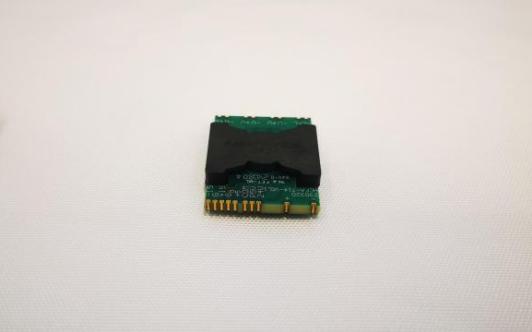
Constraints and Countermeasures: Navigating Challenges
Thermal and Power Limitations
Despite their advantages, PCB-winding transformers face physical limitations. Copper foil thickness, typically between 2 to 5 ounces, restricts current-carrying capacity and thermal dissipation. For single-layer applications, power thresholds cap at approximately 200W. Surpassing this often requires embedded heat sinks or metal-core PCBs, which can double manufacturing costs.
FR4 epoxy boards are standard in industrial settings, but high-performance applications—especially in aerospace or precision instrumentation—may require aluminum substrates, driving up expenses.
Complex Magnetic Topologies
Due to their simplified geometry, PCB-winding transformers are ill-suited for designs demanding intricate magnetic pathways. Historical deployments in 3000W systems ultimately gave way to alternative solutions due to insufficient thermal and volumetric efficiency.
Planar Transformers as the Successor
To transcend the thermal bottlenecks, engineers introduced laminated planar transformers in the mid-2000s. These devices stack copper sheets in layers, enabling higher currents and better heat dissipation. Today, magnetic integration is gaining ground in high-power modules, resurrecting interest in hybrid architectures.
Emerging Architectures: A Hybrid Future
Recent designs combine PCB boards with coiled windings, creating compact, magnetically integrated structures. These offer the automation benefits of PCB windings with the flexibility of traditional coils, balancing efficiency, manufacturability, and cost.
According to Wang Yao, planar transformer adoption now accounts for roughly 50% of practical applications and is poised to reach 70% as integration trends continue. These hybrid approaches open new doors in mid-to-high power systems, ensuring scalability.
Unleashing the Future: The High-Frequency Advantage
Perhaps the most promising trait of PCB-winding transformers is their compatibility with high-frequency operation. Unlike conventional transformers, typically capped below 100 kHz, PCB-winding designs can operate efficiently in the 1–10 MHz range—ideal for next-generation GaN and SiC power devices.
Huawei's 5G base station AAU modules already employ PCB-winding transformers for MHz-level isolation. As new materials such as hydrocarbon-ceramic composites and nanocrystalline laminates emerge, frequency ceilings will rise further. These innovations could reduce high-frequency losses by 30% or more, accelerating adoption in RF and ultra-fast switching applications.
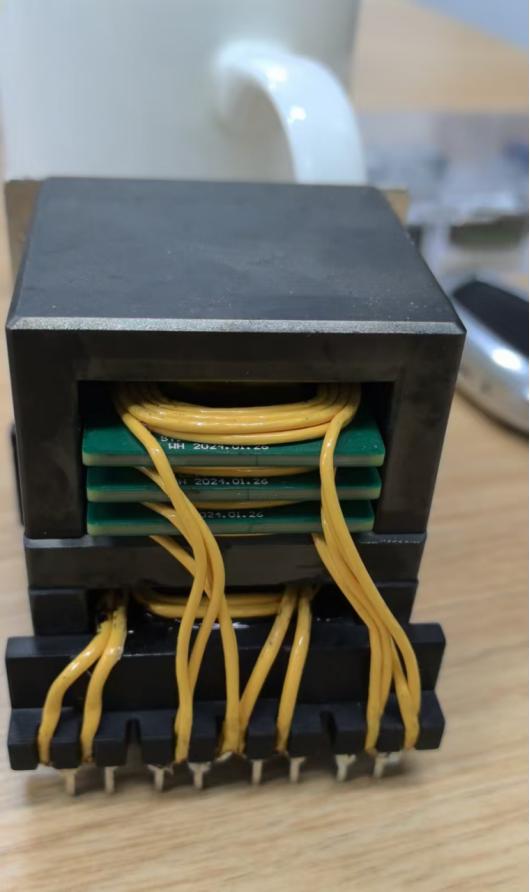
Conclusion: A Paradigm Shift in Power Electronics
PCB-winding transformers mark a bold departure from the constraints of traditional magnetic design. By fusing advances in materials science, PCB manufacturing, and magnetic theory, they provide a transformative solution to modern power challenges.
Although constrained by thermal limits and cost considerations, their role in high-frequency, space-constrained, and performance-critical applications is undeniable. As wide-bandgap semiconductors like GaN and SiC reshape power electronics, PCB-winding transformers are poised to become foundational elements in the architecture of tomorrow’s high-efficiency energy systems.
Shenzhen Gaorunxin Technology Co., Ltd



